University of EdinburghFounded in 1582, it is the 6th oldest university in the English speaking world. The bit of it that we saw was built by architect William Henry Playfair starting in 1817, who did everything but the dome which was added later. There's a statue of him out on the street. Also, those horrible steps we had to climb every day were named for him, because he designed most of the buildings in New Town and they needed a way to get from Old Town to New Town, thus the steps. We went there after supper and right before we went to see the opera. They were getting ready for an event out on the quad, setting up tables with lots of food and champagne glasses. Maybe graduation? They didn't mind us looking around and snapping a few photos. Here's the entrance to the art gallery at the University. We visited it once accidentally looking for a toilet. There wasn't one. Eugene Onegin by TCHAIKOVSKYEugene Onegin is a novel in verse by Pushkin, that was turned into an opera by Tchaikovsky. Here's the wikipedia article on it if you'd like a plot summary. I had never read it or seen it before. It was performed in the Edinburgh Festival Theatre, which was built in 1892. There was a fire onstage in 1911, in which eleven people who had been backstage died, but all 3,000 audience members got out safely. The theatre reopened just three months later and continued to host opera, ballet, and concerts. There was a decline in the 1960's where it became a bingo hall and only had concerts after the bingo was concluded. It was remodeled in 1994 and given a new glass fronted entrance, with the interior being restored to its former glory. The theatre is said to be haunted by a magician, Sigmund Neuberger, who died in the fire. Our seats were extremely house right and it was difficult to see the action on stage. There were two intermissions, so we moved to seats that were further back and more center during the first one. There were very few characters, a huge chorus, and a horse on stage. The music was beautiful, of course, but the action was slow, because of course, it's Russian. It was sung in Russian but there were supertitles projected above the stage. Rob LOVED IT and even cried a bit. I confess, I was bored. I didn't really like the Russian literature that I read in college. Chekhov, Dostoevsky, Nabokov, etc... just didn't do anything for me. It's a slog to read, all the characters have very long names, and at least with Chekhov he keeps changing their names as you read. But I had no problem understanding the plot of this opera. The opera was performed in the Festival Theatre in Edinburgh. The scenery and costumes were designed by Annemarie Woods. Production GalleryAll photos are by James Glossop and are from the Scottish Opera website linked above. Public Executions in EdinburghThe pub is named for all the public executions that took place on this site in the 17th Century. Most of the people were Covenanters who were hanged for being Presbyterian when that religion was illegal during the reign of Charles II. In 1937 a memorial was erected on the site of the gallows with the names of all the people who were wrongly executed during the twenty year period known as The Killing Time. However, the last public execution in Edinburgh was in 1954 when George Robertson was found guilty of the brutal murder of his ex-wife and two children. The death penalty was abolished in the UK in 1965. Maggie DicksonDeacon BrodieDeacon Brodie was the real life inspiration for Robert Louis Stevenson's Dr. Jekyll and Mr. Hyde. Ironically, he made a cabinet for the Stevenson family that was in young Robert's room growing up and is now in the Writer's Museum that we saw the day before.
0 Comments
Leave a Reply. |
CategoriesArchives
July 2024
|




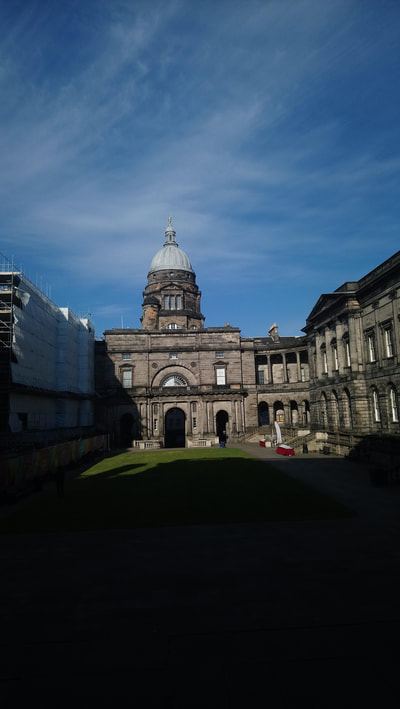











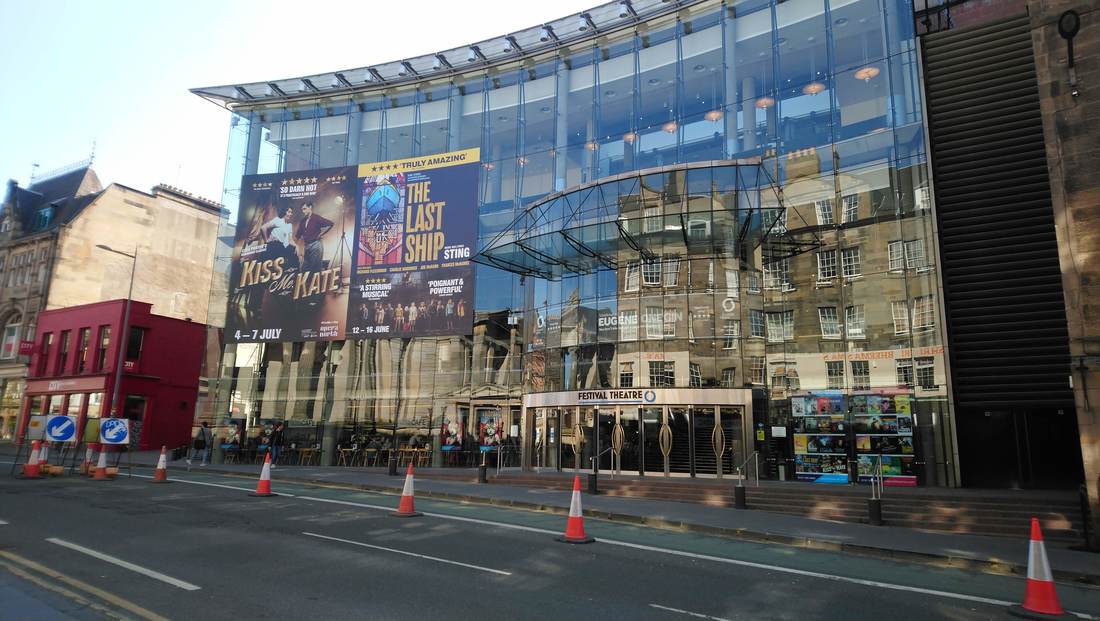



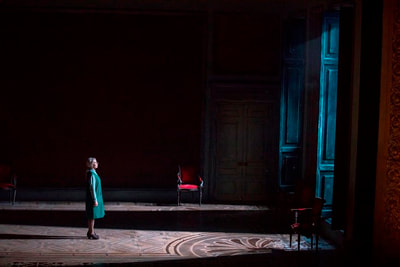






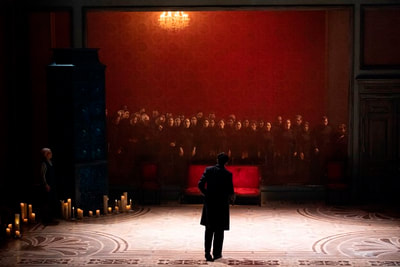






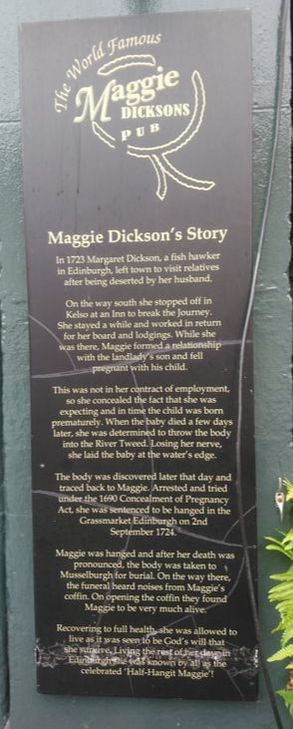


 RSS Feed
RSS Feed